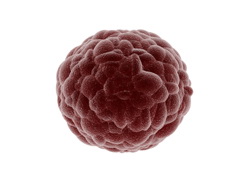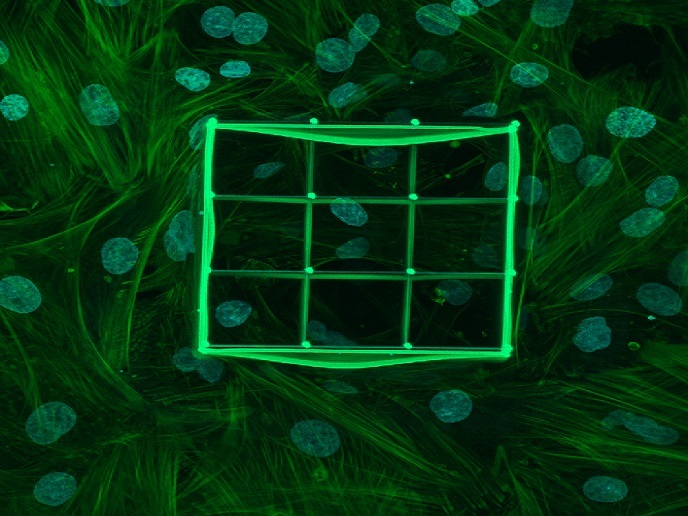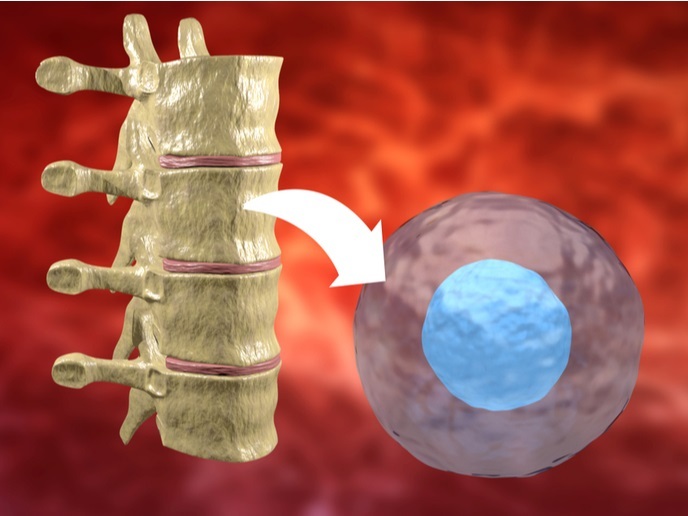Cell signals in development and tumour formation
Cell division whereby a parent cell gives rise to two daughter cells can be either symmetric (producing two identical daughter cells) or asymmetric (producing two different daughter cells with different developmental potentials). Most cells in the human body undergo symmetric cell division after birth to build, replace or repair their own supply. In contrast, asymmetric cell division plays an important role in stem cell differentiation during development. The transmembrane ‘Notch’ receptor is a key player in development. It is unusual in that most of its ligands (which bind to the receptor in a lock-and-key fashion to induce an effect) are also transmembrane proteins, proteins embedded in the membranes of other cells, suggesting that signalling must be restricted to neighbouring cells. Recent scientific results support that asymmetric Notch signalling is mediated by asymmetric endocytic trafficking. Endosomes are tiny membrane-bound organelles that incorporate proteins and lipids, often from the cell membrane, and then traffic them within the cell where they are needed. The host lab previously showed that the Smad-anchor-for-receptor-activation (Sara) protein is located on specialised early endosomes in the mother cell and that these Sara endosomes direct the Notch receptor and its ligand to a specific daughter cell in asymmetric cell division. The scientists initiated the ‘Asymmetric endosomes in asymmetric cell division and tumorigenesis’ (Endasym) project to investigate the factors controlling motility of Sara endosomes during asymmetric cell division. Using the Matlab platform, scientists successfully demonstrated that a tiny molecular ‘motor’ was responsible for the asymmetric motility of Sara endosomes. Endasym used magnetic micromanipulation during cell division to demonstrate the crucial phases of cell division (late anaphase to cytokinesis) and related cellular structures (asymmetric tubulin distribution) affecting asymmetric motility of Sara endosomes. A new molecular ‘partner’ for Sara, the protein uif, was also identified. Uif is present in two pools in the cell, the endosome and the apex. Moreover, the protein plays different roles in each of the two locations. The Endasym project provided a breakthrough in defining the cellular machinery mediating motility of organelles during asymmetric division and identified a novel Notch machinery component. Both developments could have important impact on our understanding of tumorigenesis.







